Applications for Ohio Farm Bureau Health Plans now available
Members have three ways to apply: contacting a certified agent, calling 833-468-4280 or visiting ohiofarmbureauhealthplans.org.
Read MorePerennials are herbaceous plants that live for two seasons or more. For the vegetable and herb grower, perennial plants can save time and effort with great rewards. Though most perennial vegetables don’t survive frost or cold winters, there are a few hardy types that can withstand our Ohio winters.
When planting perennial vegetables and herbs, their placement should be thought of as permanent. Determine the best long-term place for them in the garden before planting.
Asparagus (Asparagus officinalis)
Rhubarb (Rheum rhabarbarum)
Fresh herbs are a great way to add flavor to a homemade dish. If you wish to substitute dry herbs for fresh the exchange is as follows: fresh herbs to dry are 1 tablespoon fresh for every 1 teaspoon dried. The following is an easy list of the most commonly grown perennial herbs, or at least the ones I grow and use.
Chives (Allium schoenoprasum)
Greek Oregano (Origanum vulgare ssp hirtum)
Thyme (Thymus vulgaris)
Keep in mind these are just a handful of perennial plants to grow in your vegetable and herb garden. Just remember to do your homework and read the tags to know what you’re growing and how best to care for and use it.
Barbara Arnold is green corps coordinator at Franklin Park Conservatory.
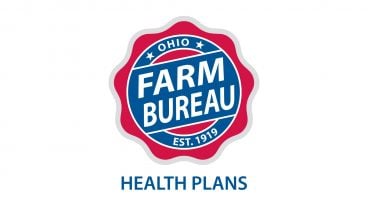
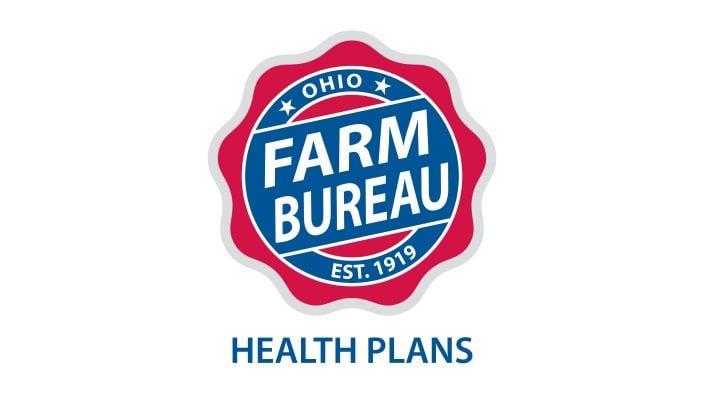
Members have three ways to apply: contacting a certified agent, calling 833-468-4280 or visiting ohiofarmbureauhealthplans.org.
Read More

For Ohio and PJM region, the outlook is reassuring—ample reserves and strong planning should keep the power on.
Read More

The average price for a classic holiday feast for 10 in Ohio will cost $55.87.
Read More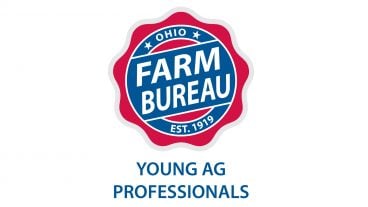
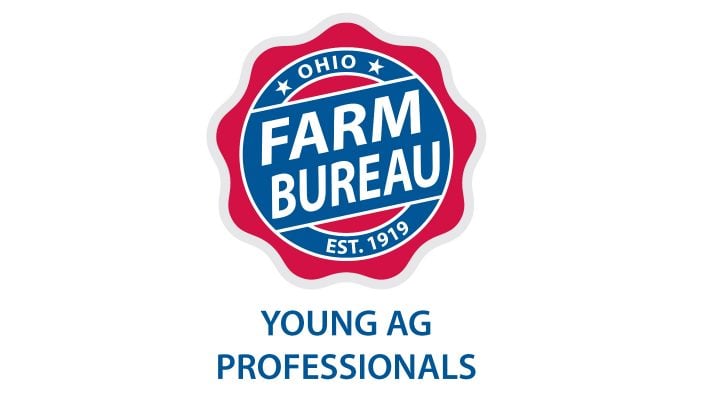
Meet the four new members of Ohio Farm Bureau’s Young Ag Professionals State Committee.
Read More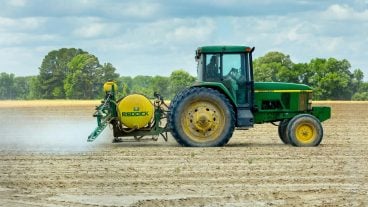
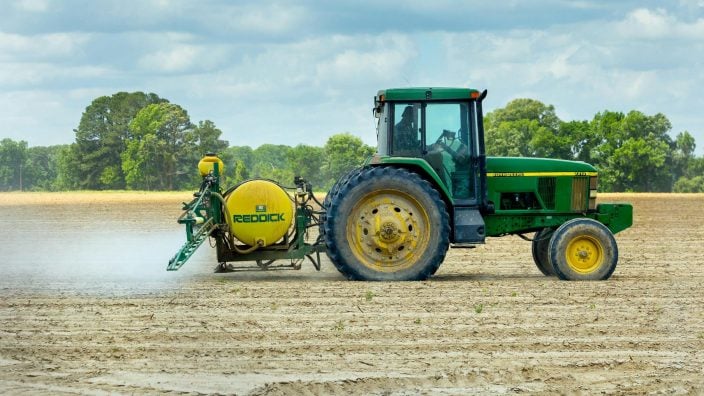
HB 10 ensures transparency around how imitation meat is labeled, along with restoring needed flexibility around the application of crop protection tools.
Read More

FBi Buildings has been delivering exceptional post-frame construction solutions for 65+ years, earning the trust of satisfied customers throughout the Midwest.
Read More

Ohio BWC industrial hygienists, safety consultants, and ergonomists can visit your farm, help spot risks, and suggest improvements that make a real difference.
Read More

Nationwide’s Grain Bin Safety campaign expands its reach, delivering grain rescue tubes and training to 62 fire departments in 2025.
Read More

Urge President Trump and Congress to act before the end of 2025 to provide immediate relief and long-term stability for America’s farmers and ranchers.
Read More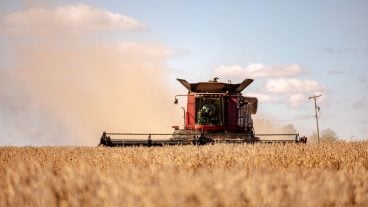
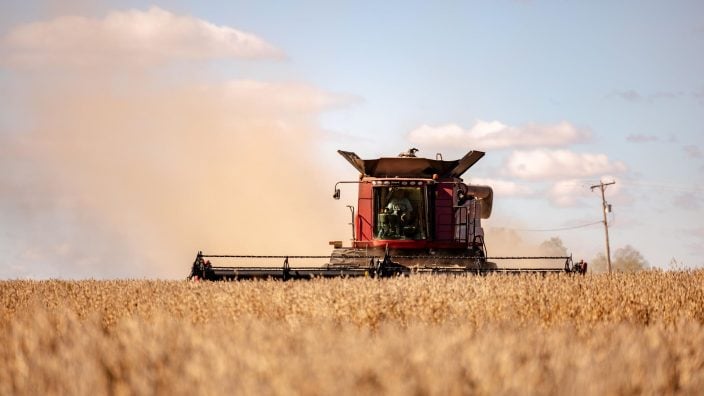
Meet Marion County Farm Bureau member Clayton Lust, a third-generation grain farmer and Beck’s Hybrids dealer, and Kelsey Bezdek, a first-generation livestock farmer and Lake County Farm Bureau member.
Read More